Test Drive of the BMW M8 Gran Coupe|How Does It Differ from the 840i and Porsche Panamera?
公開日:
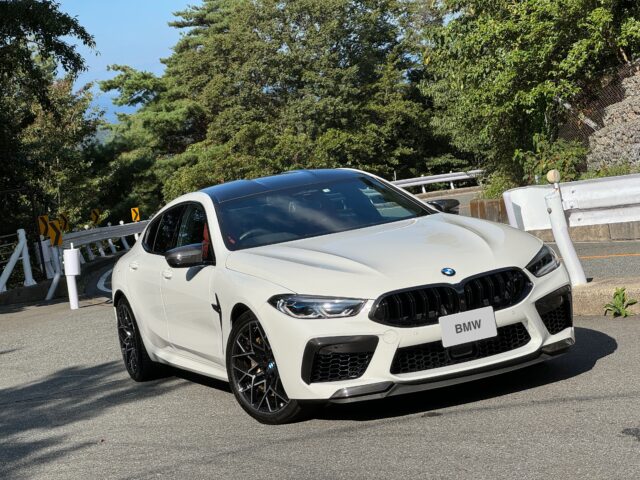
コンテンツ
BMW M8 Gran Coupe Competition
Recently, I had the opportunity to test drive the BMW M8 Gran Coupe, so I’d like to share my review.
I’ve written about this before on the blog, but I really like BMW as a brand. Especially the M3 (and M4), which I love, and it’s one of the three cars I’ve wanted to own at least once in my life—from youth to old age (Porsche 911, Mercedes-Benz SL, and BMW M3). I have a particular admiration for the “M” badge.
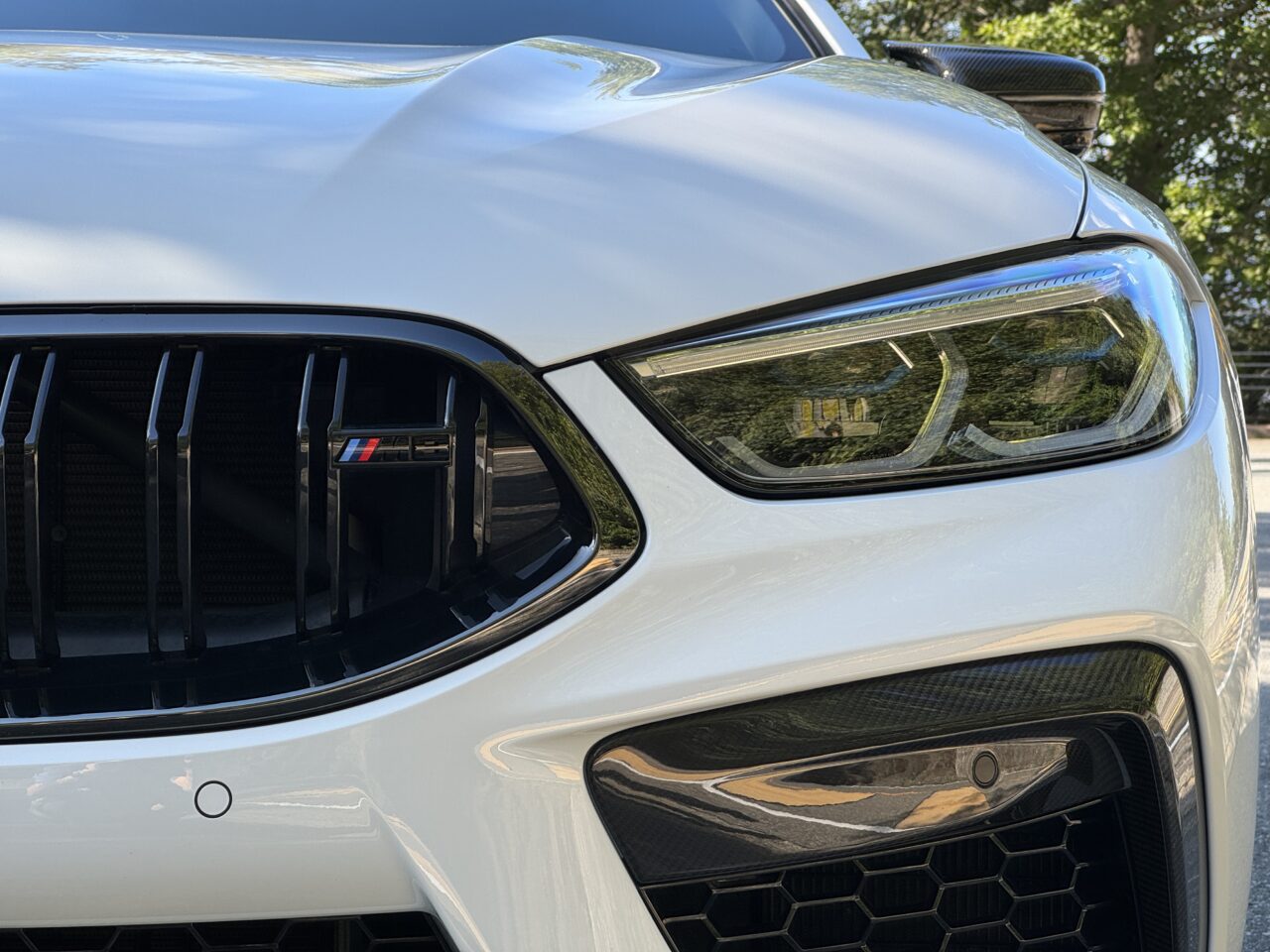
This car is the M8 Gran Coupe (Competition), the bigger brother of the M3 and M4.
Speaking of the current 8 Series, I previously wrote a test drive article on the 840i, which left a great impression with its superb ride comfort and handling—so much so that I even wanted one. This time, I’ll report on the differences from the 840i and also from the Panamera Turbo that was once in our garage.
The 4.4L V8 Engine in the M8
The M8 (Competition) is equipped with a 4.4L V8 engine producing an astonishing 625 ps at 6000 rpm.
Sitting in the driver’s seat and starting the engine, it fires up with a loud roar. The volume is quite something, especially the deep bass that makes the air around you visibly vibrate. Honestly, starting this engine late at night or early in the morning in a residential area would be quite inappropriate. The startup sound of the earlier 971 Panamera Turbo with sports exhaust is already intense, but this might be even louder.
Inside, while the seats differ from the standard model, the overall atmosphere is not much different from the regular 8 Series.
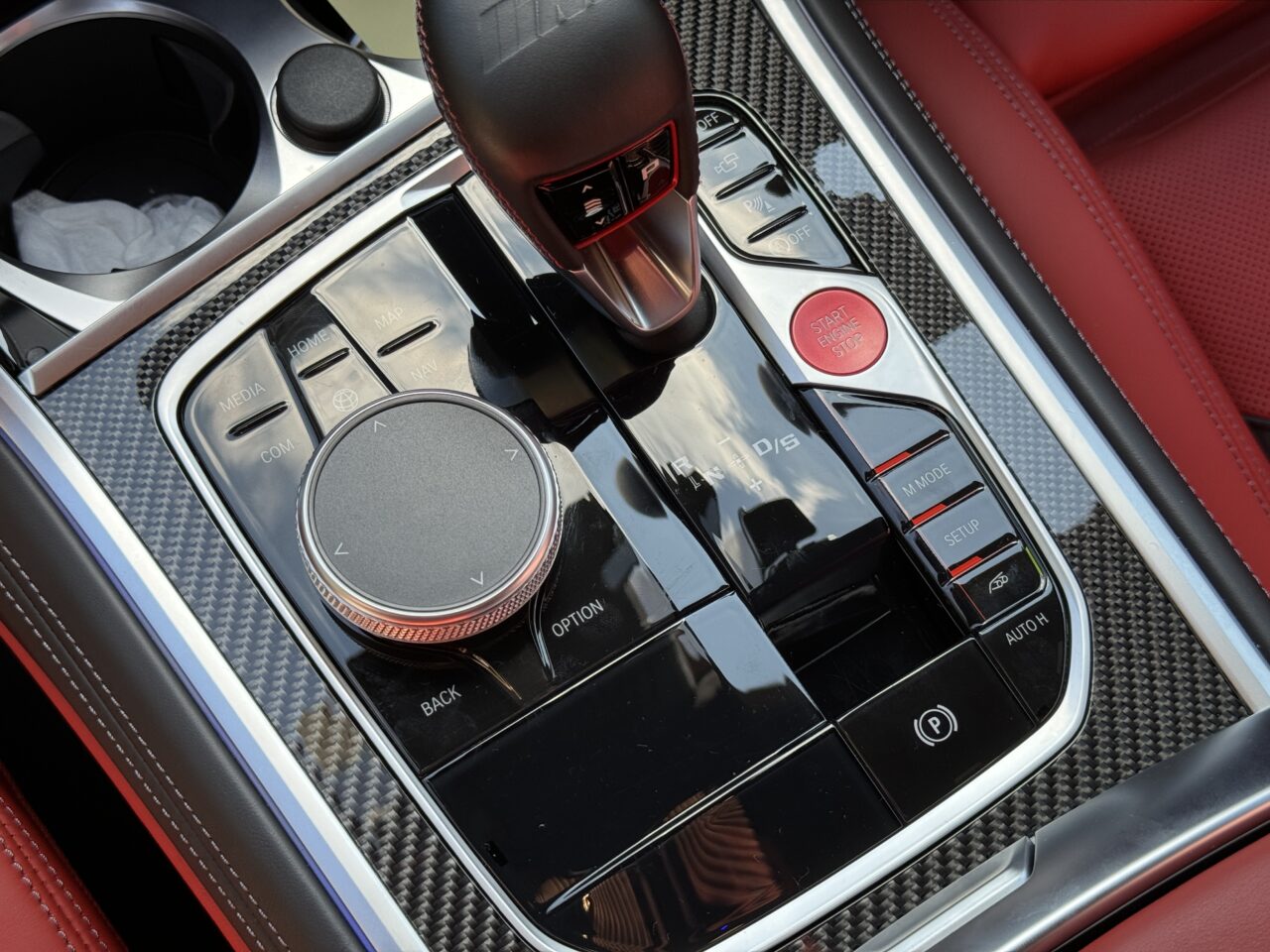
Putting the shift into D and gently resting my foot on the accelerator, I immediately felt the responsiveness. The response is completely different from the 840i or ordinary cars. At first, you have to be careful not to launch too aggressively. It’s clearly tuned to give the driver a strong sense of power even at low speeds.
After a bit of awkward throttle work in the parking lot, I headed out onto the road.
Ride Comfort and Handling
Just a slight press on the accelerator to increase speed results in acceleration beyond expectations.
“It’s insanely fast!”
This speed is clearly beyond what you can fully floor the accelerator for. If you step on it like a normal car, things get out of hand quickly.
Of course, my unfamiliarity is a big factor, but switching from other cars requires caution.
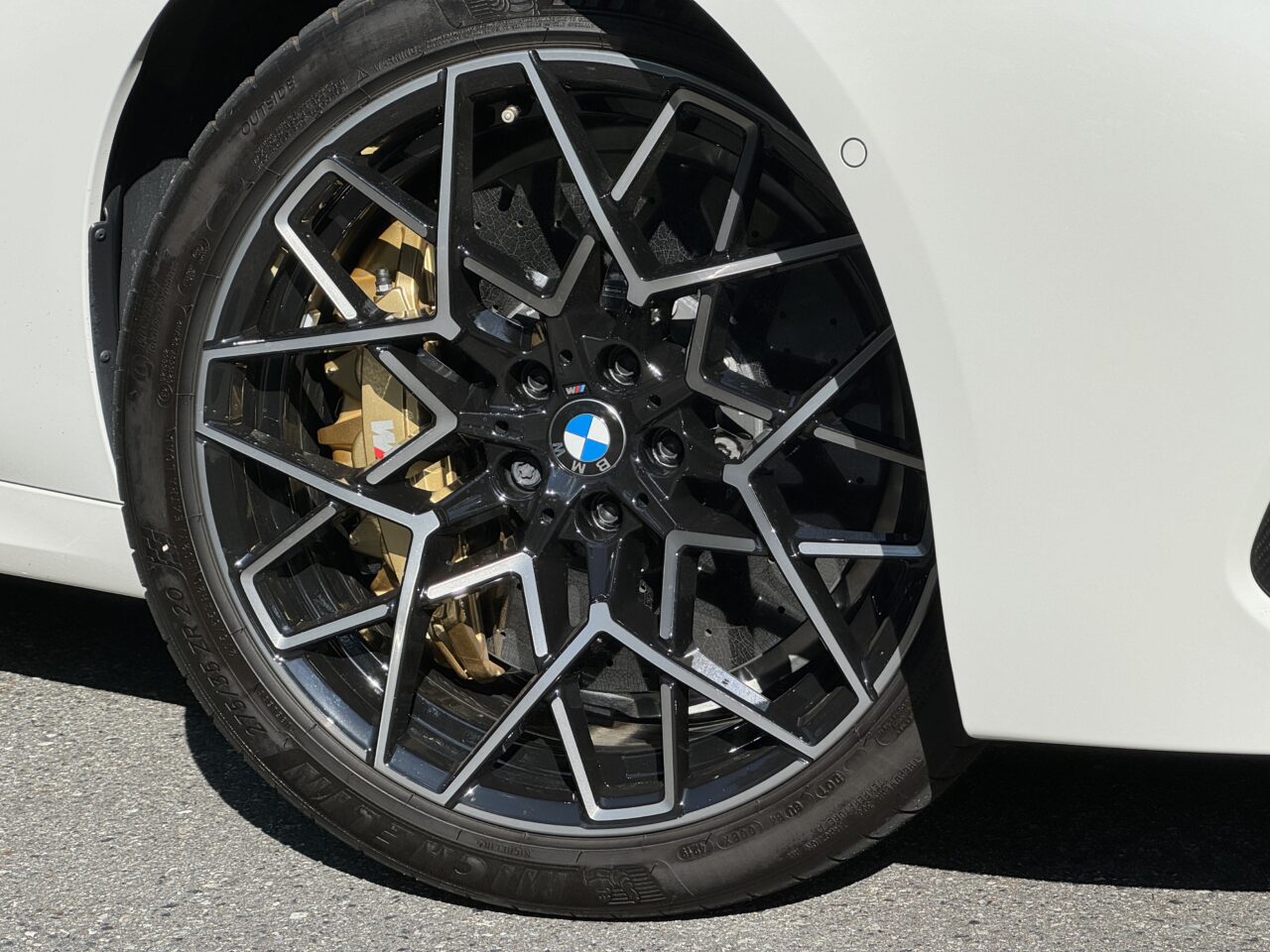
Rare carbon ceramic brakes
By the way, compared to the lighter and more powerful 992 Porsche 911 Turbo S (650 ps), the M8 feels more powerful at low speeds. This difference comes down to throttle tuning: the 992 Turbo S is designed to be very easy to drive, channeling its abundant power into a sense of solidity and composure, whereas the M8 seems to aim for that full 625 ps feeling even at low speeds.
Incidentally, the Panamera Turbo leans more toward the 911 Turbo S’s approach, so you can expect quite a different low-speed feel compared to the M8.
Ride comfort is noticeably firmer than the 840i, clearly sporting a stiff sports suspension. However, like many recent high-performance models, it’s not uncomfortable. The body absorbs shocks and vibrations well, so occupants mainly notice just the sound and subtle movements.
At the time of the test drive, the tires still had plenty of tread but were four years old. The owner replaced them with new tires afterward, which made the ride much quieter and softer.
Tire freshness really matters.
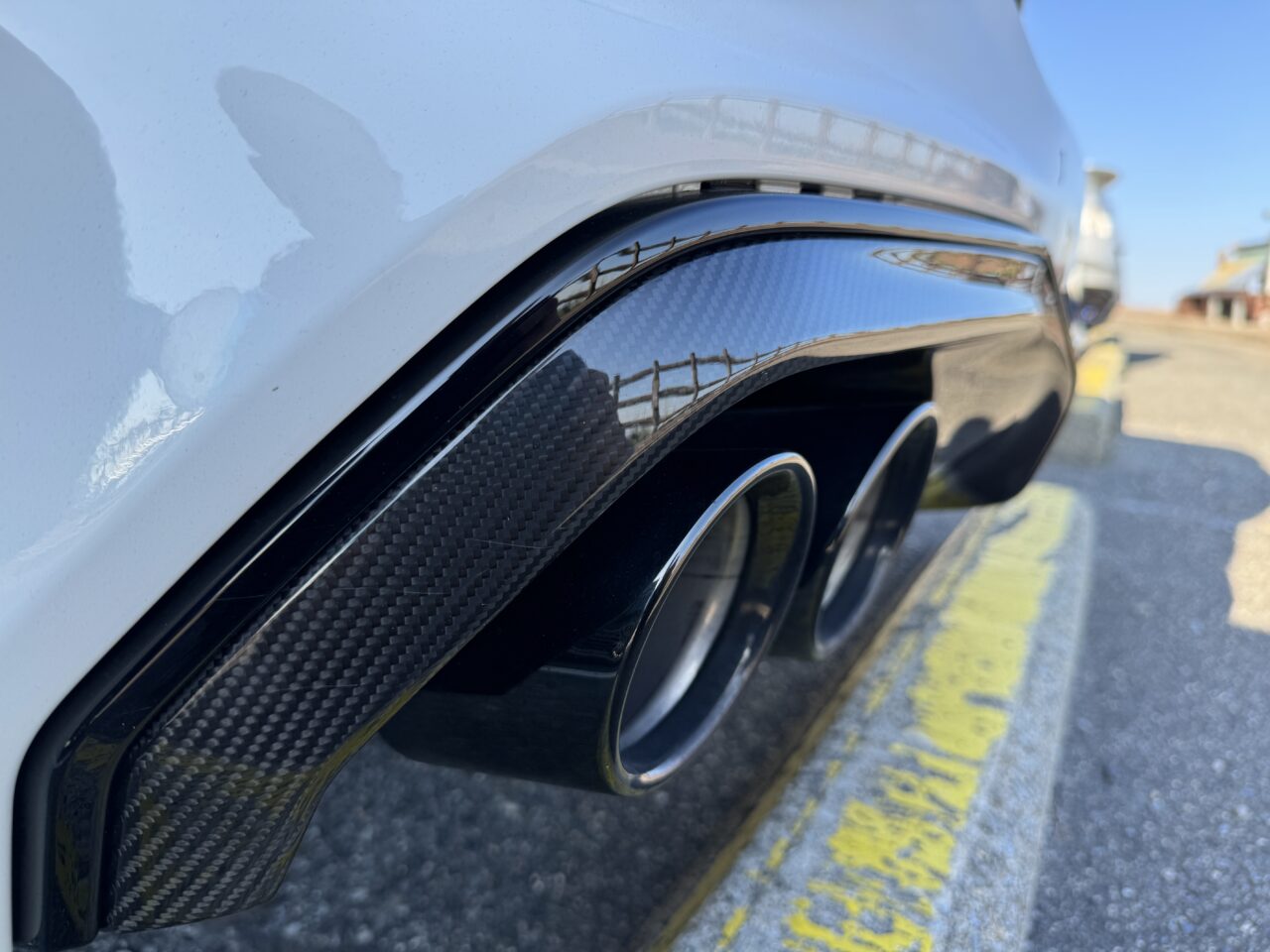
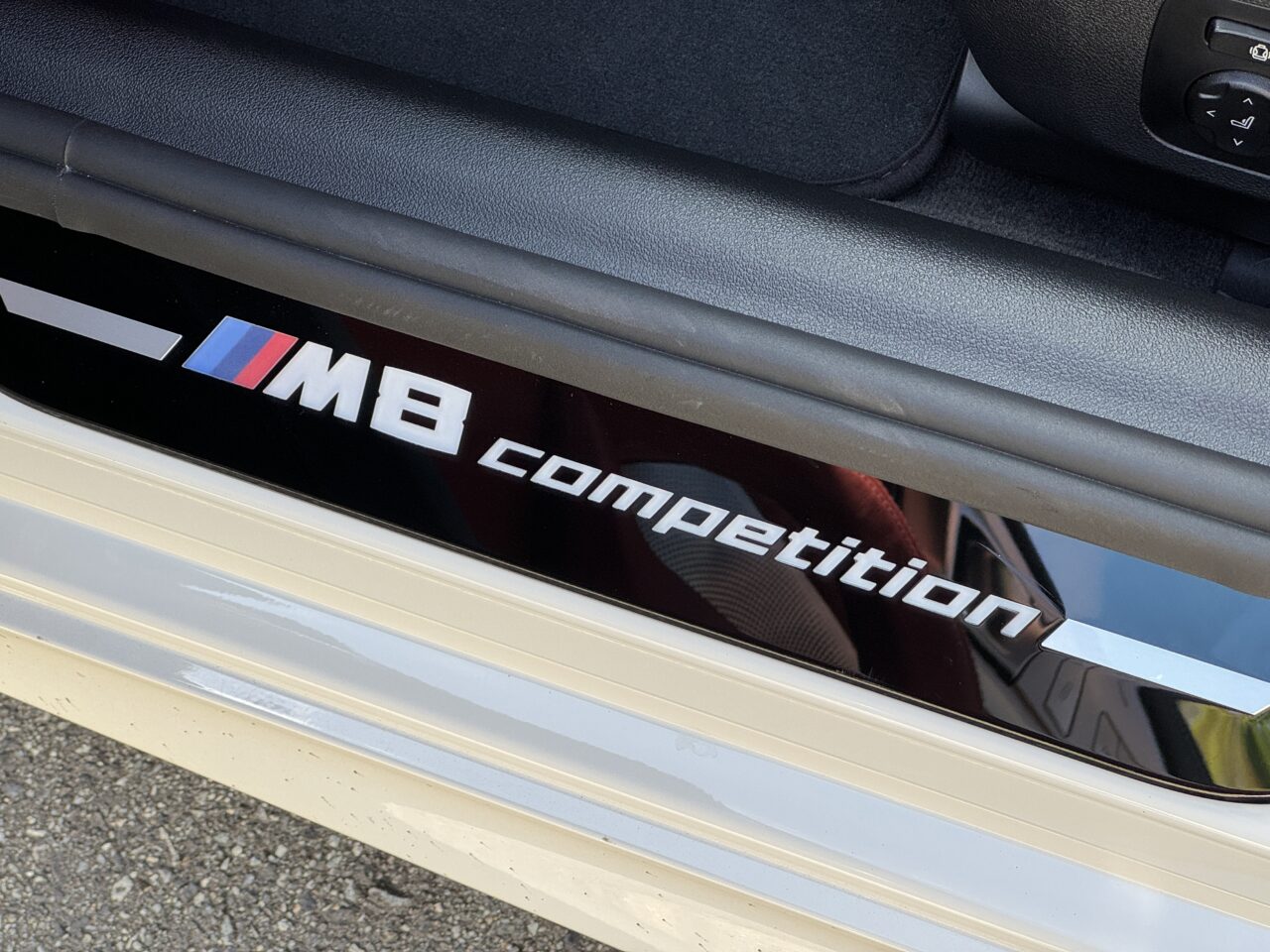
The handling is fitting for an M car—very firm and precise. There’s minimal play in the steering, which is surprising for such a large sedan. It reminded me of the F80 M3 I’ve driven before, but a bit less sharp—like a slightly broader version of the M3’s handling. This relationship is quite similar to that between the 911 and the Panamera, showing that the tuning philosophy is consistent.
The owner also test drove the M850i with the same V8 and said that while the M850i feels a bit nose-heavy when turning at intersections, the M8 doesn’t, which is why they chose the M8.
Compared to the Panamera Turbo, the M8 feels easier to turn just by steering, and it’s probably faster for anyone behind the wheel. The Panamera Turbo requires a bit more driver skill to really unlock its speed. It feels like you need some ability to drive it at its best.
Speed and Stability
When I drove the 840i before, I was impressed by its stability at high speeds, especially how it handled ruts and undulations in the road, running straight like an arrow.
I wanted to see if the M8 would feel the same on the same road.
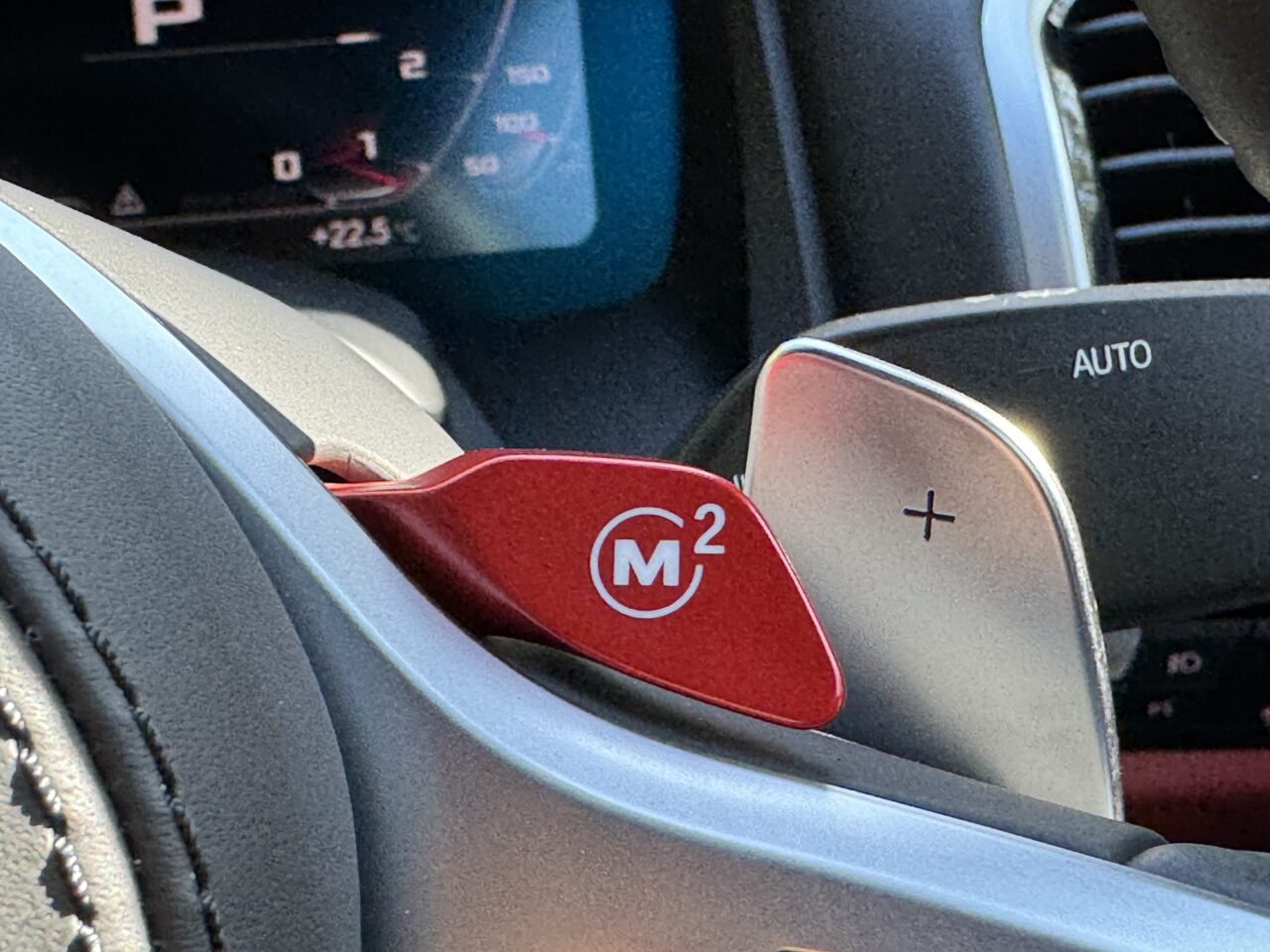
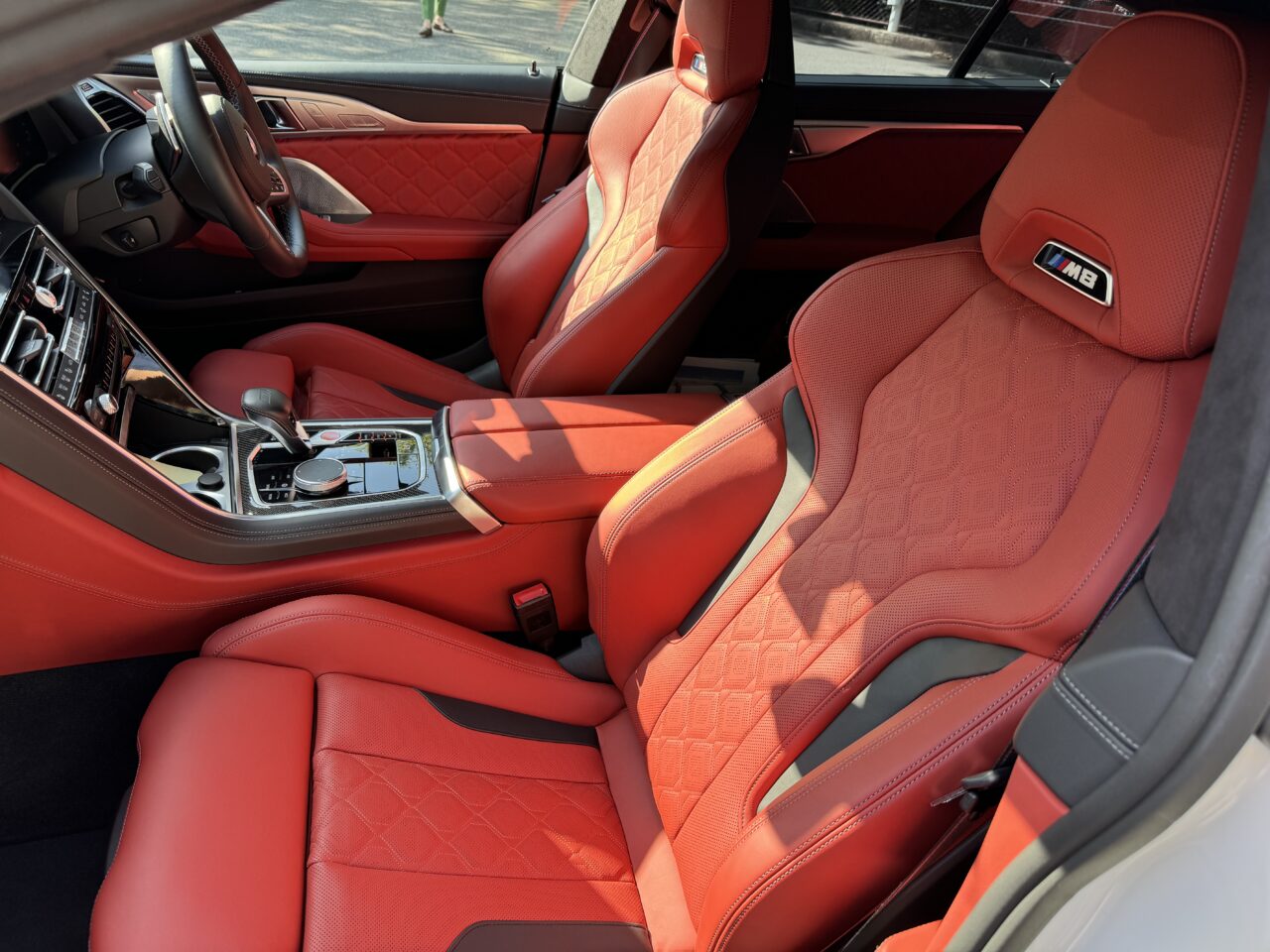
Switching to M1 mode, then M2 mode, I tackled winding roads and headed toward a straight stretch. It’s hard to believe this is a large sedan over 5 meters long—it even feels nimble.
But the power is incredible. It’s been a while since I’ve driven a car where you can’t fully floor the accelerator—maybe since the Turbo S or GT2 RS. This car packs power in the low to mid-range, making it accessible for anyone to experience its high output.
This is truly a car for someone who wants to dominate the third lane on the Autobahn without being overtaken.
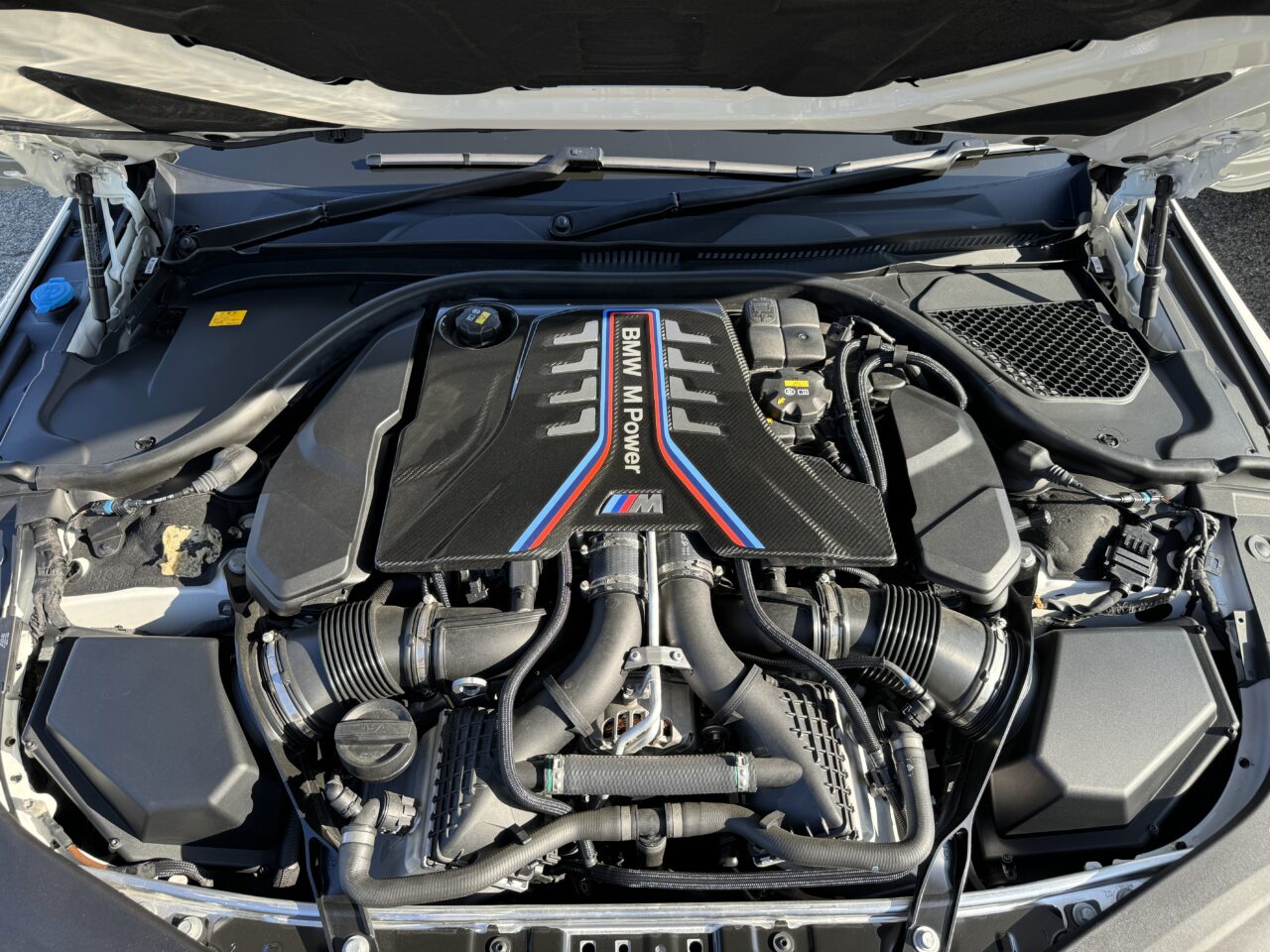
BMW M’s 4.4L V8 engine
Pressing the accelerator further on a straight, the 625 ps acceleration is impressive. Although the car’s weight means it can’t quite match the Turbo S despite similar power, it feels like the acceleration of a 911 Carrera S or GTS. So you can consider it very fast.
I checked straight-line stability over rutted and uneven surfaces.
Compared to the 840i, the firmer suspension means it’s slightly more unsettled at times, but for a large sedan, the level is very high. After all, this is a car designed to cruise the Autobahn at 250 km/h, so it can’t be bad. The 840i’s ride is just smoother, but the M8’s straight-line stability is absolutely fine.
Who Is the M8 For?
Compared to the Panamera Turbo (S), the M8 offers clearly high performance. It’s tuned to make you feel “fast” even on regular roads, and it really stands out. Honestly, it’s a car where you really can’t floor the accelerator.
It’s ideal for those who enjoy leading the overtaking lane on highways like the Shin-Tomei Expressway with overwhelming power and acceleration.
It’s also great for people like me who have a strong passion or attachment to the “M” badge, or who love the M model’s appearance. It’s perfect for those who want a single car that combines top-tier sports car performance with luxury sedan practicality.
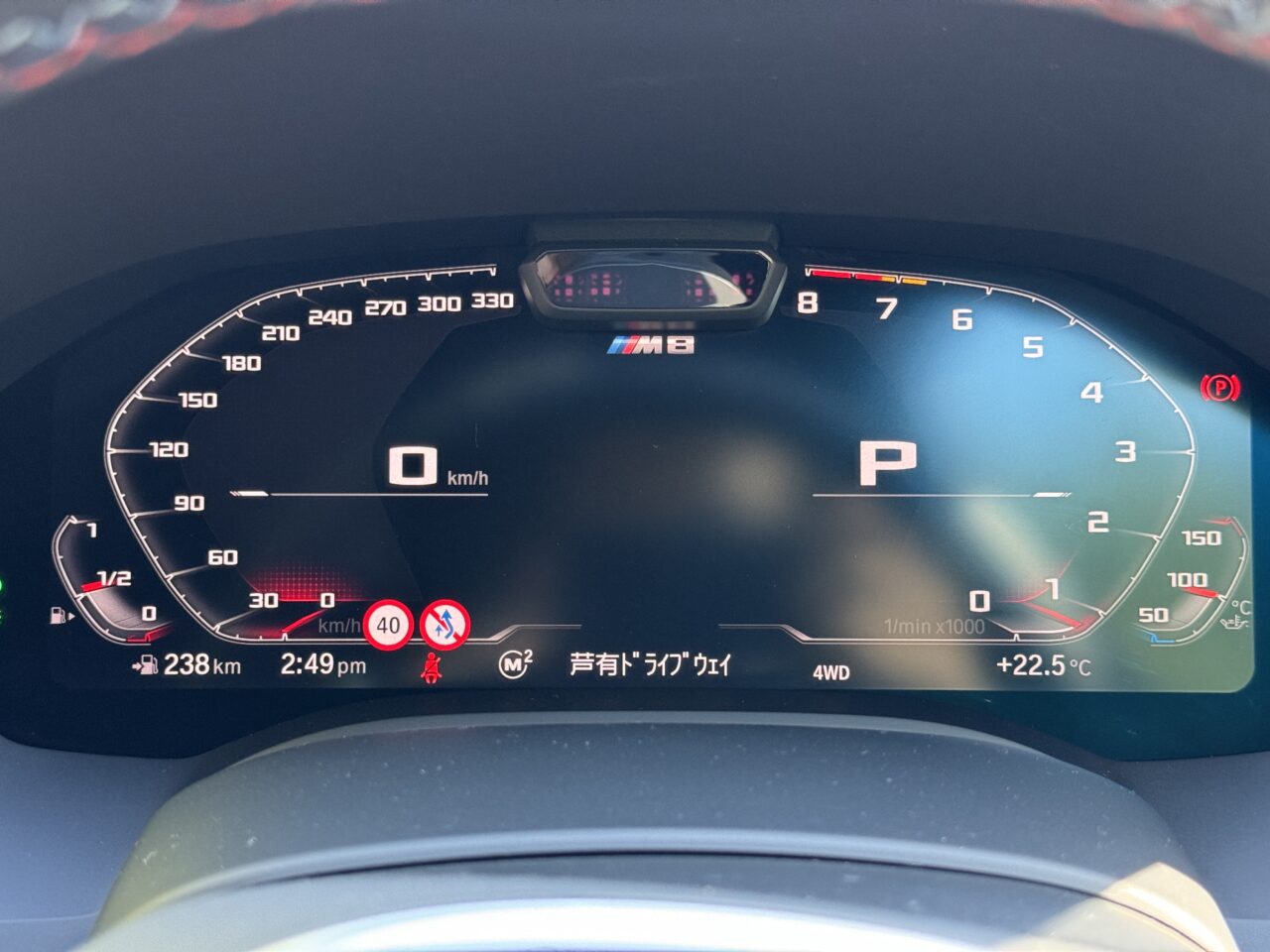
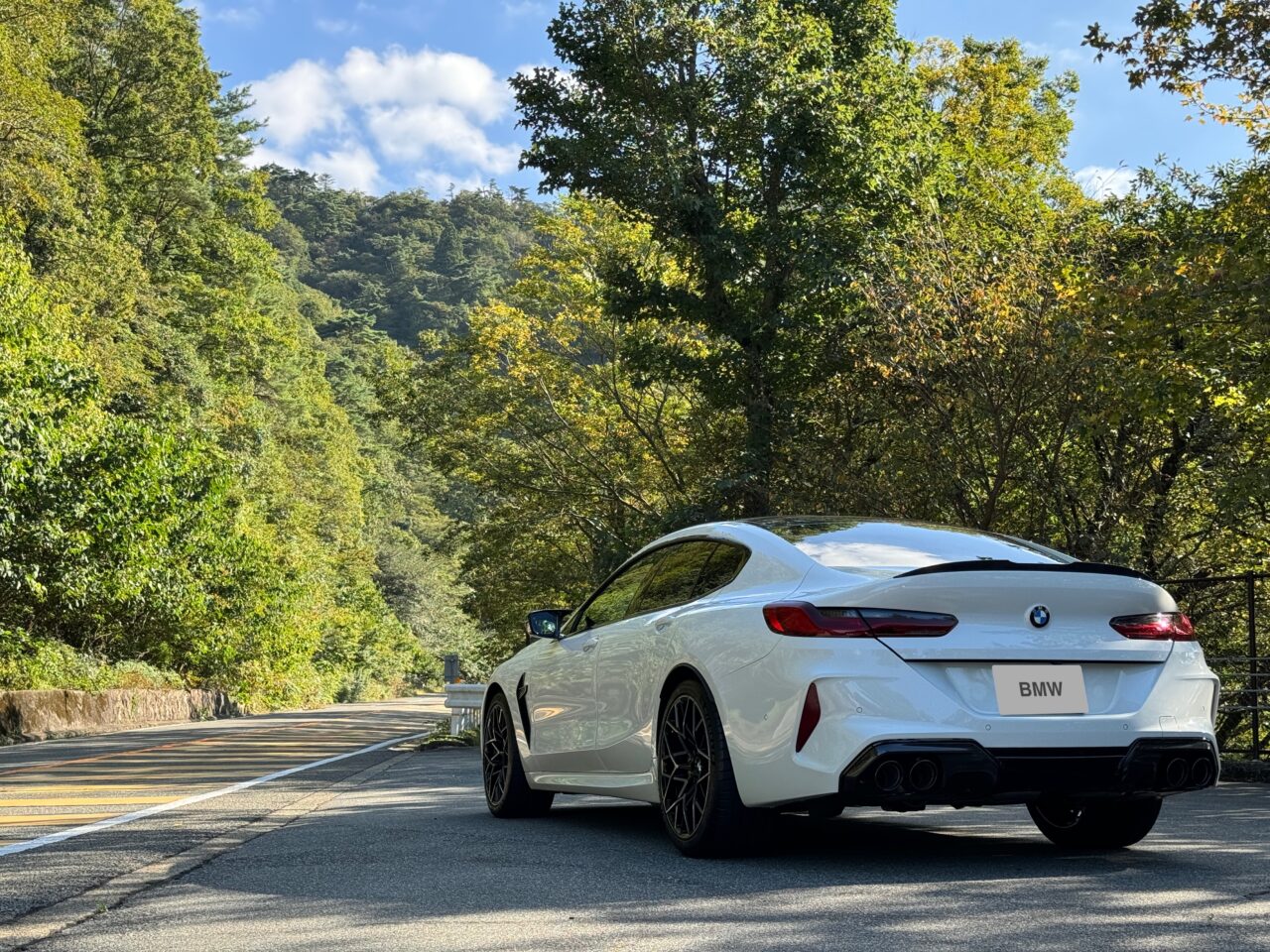
On the other hand, if you don’t need that much and prefer a quieter, more luxurious ride, the 840i or M850i would be better choices. If you think of higher trims as having everything and being better in every way, you might end up feeling “this isn’t what I expected.”
This also applies to Porsche: just because the GT3 is a higher model doesn’t mean it’s better in every aspect.
From this perspective, it’s important to clearly understand what you want before choosing.
If I didn’t already have another sports car, this would definitely be a car worth considering. That’s how impressive it was.
このブログが気に入ったらフォローしてね!


Comment ( 0 )
Trackbacks are closed.
No comments yet.